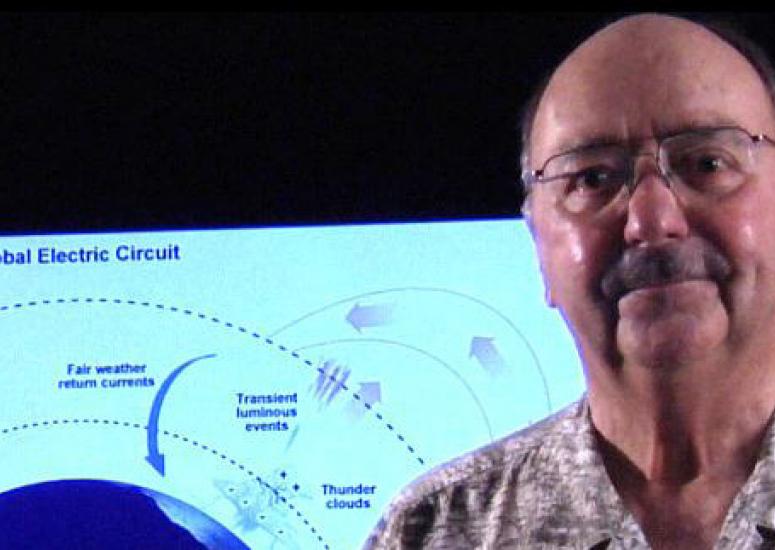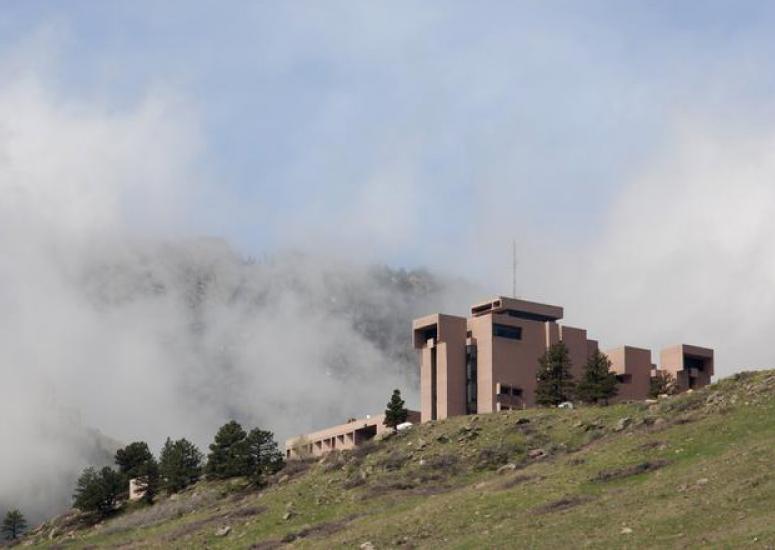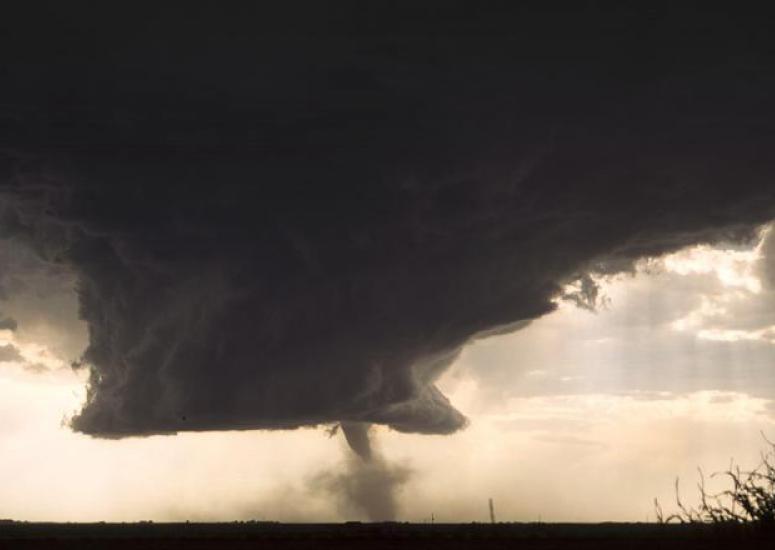-

Getting the models dirty
Scientists are zeroing in on microbes that eat carbon in the soil and release it back to the atmosphere, thereby influencing global climate.
- Climate
-

Seasonal fluctuations of CO2 on the rise
Levels of carbon dioxide in the atmosphere are fluctuating more than they used to from one season to another, according to observations from the HIPPO field project. This may be a sign of significant changes in northern ecosystems.
- Climate
-

NCAR scientists receive major honors
Two NCAR senior scientists are being recognized by the American Geophysical Union for their work on research and communication.
-

New director of NCAR announced
James Hurrell, an associate director and senior scientist at the National Center for Atmospheric Research, has been named the center’s new director.
-

Long-range tornado prediction: Is it feasible?
Just as forecasters now peg the odds of a busy Atlantic hurricane season months in advance, we might soon have outlooks that assess the risk of an active tornado season weeks or even months ahead of time.
- Weather
